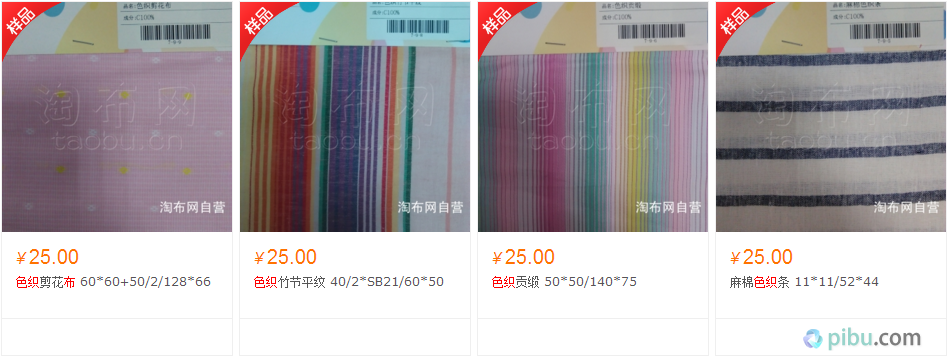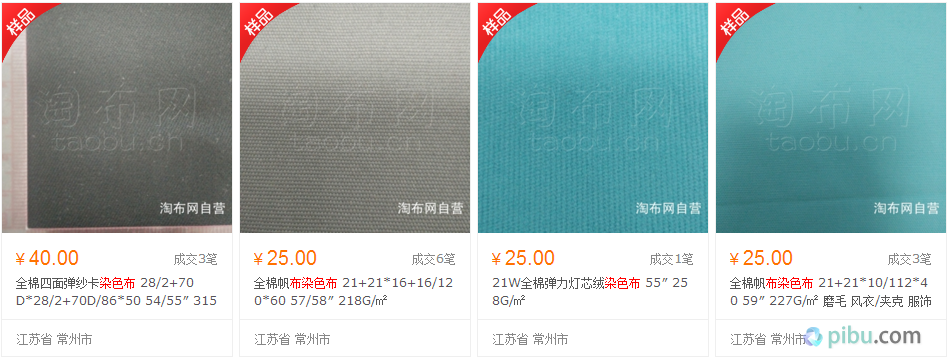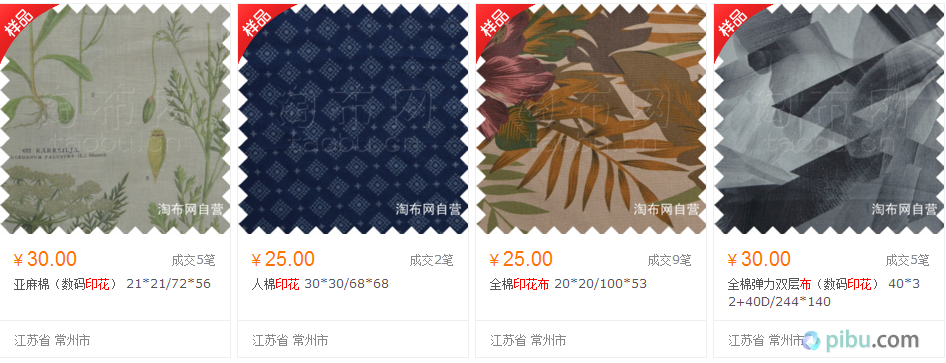When many small partners mention washing water, they think of whether we usually do laundry at home. That's not it. The water washing technology in printing and dyeing is very particular about it. Today Xiao Bian gave everyone the science secret of washing water technology. Don't go away, look over it quickly.  Washing water industry development background China's clothing dyeing and finishing began in the late 1970s. It was initially dressed in jeans, stonewashing, rinsing, and snow washing. In the 1980s , silk garments were washed, sand, cotton and T/C garments were washed (shrink), soft washed, sand washed, and a small amount of clothing dyed, printed, and tie-dyed. In the 1990s , the rise of enzyme treatment technology was widely used in denim washing, super soft washing of cotton garments, and polishing of knitwear. In recent years, permanent pressure resin finishing technology has emerged . It is used in clothing impregnation treatment, and the dimensional and morphological stability have been greatly improved compared with the previous fabric treatment methods. The water washing industry has developed along with the development of the garment industry. Many middle-to-high end garments cannot be separated from the dyeing and finishing of garments, and have become modern new technologies for improving the taste and added value of garments.  Domestic current water washing industry     Shrinking water When the shrinkage rate of the fabric exceeds the standard, a cloth sample is washed before the clothing, and the shrinkage rate in the latitude and longitude is measured and converted into the garment size, and then the material is proportioned. Make a sample and then wash the test so that the shrinkage of the garment meets the standard. After garments of this type, they must be washed. And the size after shrinking must be consistent with the test sample. This requires that there should also be a unified process for [shrinking]. Wash shrinking process: Place the garment in a pool of warm water at 40°C, soak it for half an hour (press it with a stick from time to time to make it wet), take out the water, and dry it. Washing shrinkage requirements: After washing, the shrinkage rate of the clothing is reduced to 3% (Note: According to customer requirements and standards are different).     Wash soft   Most of the clothes require softness. At the request of the customer, softeners are added to shampoo to adjust the feel of the clothes. The garments were placed in a pool of warm water at 40°C, plus 2 g/l softener, for a certain period of time, dehydrated and dried. Softness requirements for washing: After washing, the shrinkage rate of the garment is reduced, and the hand feels slightly soft. Washing and softening is usually carried out in the final step of washing or at the same time as other washing steps.     Washing and cleaning Products exported to certain countries require formaldehyde-free or low formaldehyde. At present, in the dyeing and finishing industry, resin processing technology is widely used for wrinkle-proof and shrink-proof finishing. Certain fabrics with formaldehyde emit formaldehyde in the space, so that the original formaldehyde-free clothes absorb a small amount of formaldehyde. If you do not pay attention, it is easy to cause breach of contract. Wash cleaning process: 40-50 °C soaping (1 g / l detergent, soda ash 2 g / l), washed, dehydrated, dried. Washing and cleaning requirements: No odor on the cloth, no formaldehyde.     To the hair Cotton yarns are transformed into clothes after processing in multiple production processes such as spinning, dyeing and finishing, and clothing. During various processing processes, the cloth is subjected to various frictions, and the hairiness of the cloth is uneven, which affects the appearance and feel. In order to improve its appearance or improve its pilling resistance , a common processing method is enzymatic processing to achieve hair removal. Hair removal process: enzyme washing (acid conditions, 1-2g/L), washing, dehydration, drying. Hair removal requirements: The fabric hairiness is smooth. Strong, color standards.     Non-ironing (anti-wrinkle) Cotton fabrics, such as clothing, only after the general washing water treatment, clothing during the wear process is easy to wrinkle, affect the appearance. At present, the more popular solution is to add the resin during the wet processing to perform the non-iron finishing. The non-iron finishing can be performed separately during the setting process of the fabric or the washing of the garment. Depending on the type of resin used, there are also differences in the processing process. Non-ironing process: resin about 60g/L plus catalyst washing (note: different according to requirements), dehydration (keeping a certain moisture content), hot cloth, and drying. Hot-free requirements: flat, easy to wrinkle, strong, color standards.     Cowboy washed The principle of using a cellulase for stone-like finishing of denim is to hydrolyze a part of the cellulose with a cellulase so that the cyanline bromide staying in the amorphous region of the cellulose also falls off, thus making the surface of the denim The effect is the same as stone. The difference between the two is that the stone mill is a full- kao mechanical wear fiber, while the enzymatic method is mainly dependent on the biocatalytic hydrolysis of fiber. Cowboy washing process: Enzyme washing (or adding stone), washing, drying. Denim washing requirements: reduce the hairiness of the fabric, there is a stone effect (fading, flowering), anti-back staining.  According to the washing process and the main materials used, washing water can be divided into the following types:    General wash : As the name implies, general washing is an ordinary washing, which is to mechanize washing in daily life. The general washing is a simple washing method, that is, the water temperature is maintained at 60-70°C, a certain amount of detergent is added, and washing is performed for about 15 minutes. The softener can be added after the water is added. The clothes after general washing are visually natural, clean and soft and comfortable. Usually according to the length of washing time and the amount of chemicals, general washing can be divided into light general washing, general washing, heavy general washing. It is usually about 5 minutes for light washing, about 15 minutes for general washing, and about 30 minutes for heavy washing (this time is inaccurate). These three washing methods do not have obvious boundaries.   Chemical wash: During the washing process, chemicals such as sodium hydroxide and sodium silicate are added for washing, and the washed clothes can achieve certain special effects. After washing with sodium hydroxide and sodium silicate, the base is also neutralized with acetic acid. The effect of chemical washing has obvious fade (distress) effect and has a soft and plump effect.    Stone wash: According to the user's requirements, a variety of stones such as Yellowstone, White Stone and artificial stone can be used for washing. By stonewashing, clothes can achieve special effects that are as old as new and clean as new. Especially since the emergence of denim clothing, stonewashing occupies an important position. The stone mill can use a certain size of pumice stone to make the pumice stone and clothes polished, and the water level in the tank is made with the low water level that the clothes are completely saturated, so that the pumice stone can be in better contact with the clothes. However, in recent years due to the development of biological enzyme technology, stone washing has gradually been replaced by enzyme washing.    Destruction wash: General damage washing is used for thicker clothes such as twill. Destructive washing is a process in which a garment is pumice polished (with a certain amount of enzyme added at the same time), and a certain degree of damage is caused in a certain area, and then soft treatment is performed. After washing clothes produce a "breaking" effect, destroying the washed clothes has a soft and smooth feeling.    rinsing: Generally, after washing with clear water, warm it up to 60 degrees. Add the corresponding bleaching agent according to the required color depth. After about 10 minutes, match the clothes with the sample. After the clothes are on the board, the bleaching water in the water should be neutralized with baking soda or baking soda to stop bleaching. According to the bleach used, rinsing can be divided into oxygen bleaching and chlorine bleaching. Bleached clothes have a white, bright appearance and a soft feel.    Sand wash: According to the organization structure of the clothes, the density of weft and weft, the thickness of the yarn, and the degree of twist, the appropriate swelling agent, sand lotion and softener and the appropriate process conditions are selected for washing. The principle is that the fabric is expanded and loosened in a relaxed state, and a special softener is added by mechanical friction. The fabric is soft, the body bones are elegant, the shrinkage is reduced, the anti-wrinkle performance is improved, and the surface is covered with a layer of soft and white fluff.    Enzyme wash: Enzyme washing, also known as enzyme washing, is an advanced, environmentally friendly washing method. The enzyme-washed clothes are soft, comfortable and feel good. According to the type of enzyme being tested and the type of clothes, enzyme wash can be divided into hair removal (used mostly for twill) and stone-like effect washing (used for denim). According to the weight of enzymes, washing time and style, enzyme washing can be divided into heavy leaven or light leaven. The current most widely used wash water industry is Novozymes's enzyme preparation.   It is precisely because of the technology in these printing and dyeing that Xiaobian introduced to us that we now see beautiful and delicate fabrics. Amoy cloth network fabrics in the selection and craftsmanship have done excellent and excellent selection. Each printed and dyed fabric is a selection of Amami nets. Only customer satisfaction is the driving force behind Amoy. Now Amoy cloth sample cloth supermarket printing and dyeing fabrics are in hot sales. Come buy it. Amoy cloth net fabric varieties full price quality good super affordable Mlifa Morocco,Rayon Carton Packing,Melifa Royal,Rayon Satin Embroidery Shaoxing Shangda Textile Co., Ltd , https://www.shangdatex.com


For more content, please follow this site